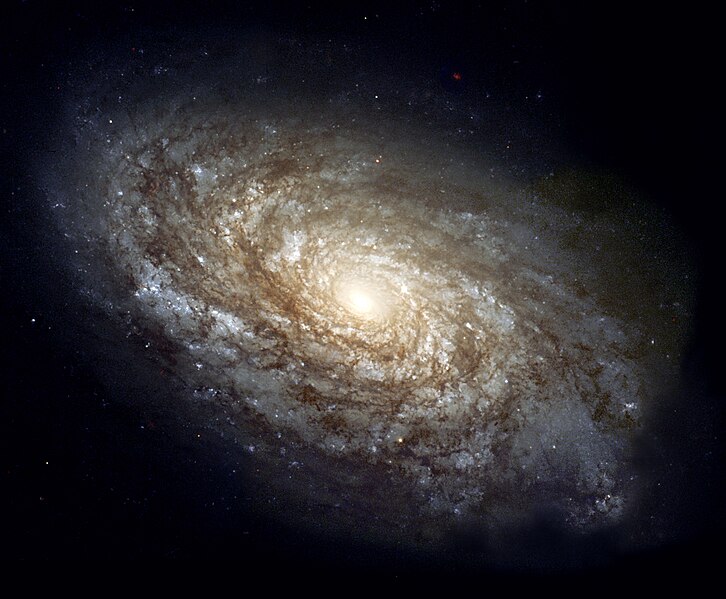Abruozdielis:NGC 4414 (NASA-med).jpg

Parvaizos dėdloms: 726 × 599 pikselē. Kėtū dėdlomu: 291 × 240 pikselē | 582 × 480 pikselē | 931 × 768 pikselē | 1 241 × 1 024 pikselē | 1 730 × 1 428 pikselē.
Pradėnis abruozdielis ((1 730 × 1 428 taškū, faila dėdoms: 1,71 MiB, MIME tips: image/jpeg))
Abruozdielė istuorėjė
Paspauskėt ont deinas/čiesa, ka paveizietomėt abruozdieli, kāp ons ėšruodė pradiuo.
| Dėina/Čiesos | Pamažėnėms | Mierā | Nauduotuos | Paāškėnėms | |
|---|---|---|---|---|---|
| vielībs | 13:36, 10 groudė 2016 |  | 1 730 × 1 428 (1,71 MiB) | PlanetUser | better quality from TIFF |
| 12:38, 2 gegožė 2015 |  | 1 730 × 1 428 (2,42 MiB) | Jcpag2012 | Reverted to version as of 00:15, 23 September 2006 | |
| 06:51, 23 kuova 2014 |  | 1 730 × 1 428 (2,42 MiB) | FARHAAD 1992 | Reverted to version as of 00:15, 23 September 2006 | |
| 15:01, 15 kuova 2014 |  | 2 908 × 2 400 (388 KiB) | The Herald | Higher resolution | |
| 03:15, 23 siejės 2006 |  | 1 730 × 1 428 (2,42 MiB) | Tom | higher res | |
| 21:31, 21 sausė 2006 |  | 1 024 × 768 (60 KiB) | Red devil 666 | ||
| 00:45, 2 gegožė 2005 |  | 727 × 600 (393 KiB) | DannyZ~commonswiki | n 1995, the majestic spiral galaxy NGC 4414 was imaged by the Hubble Space Telescope as part of the HST Key Project on the Extragalactic Distance Scale. An international team of astronomers, led by Dr. Wendy Freedman of the Observatories of the Carnegie I |
Abruozdieliu nauduojėms
Ons poslapis ruod ton abruozdielin:
Abruozdielė nauduojėms vėsor
Tėi viki poslapē nauduo šėton abruozdieli:
- Skvarmas nauduojėms af.wikipedia.org
- Skvarmas nauduojėms af.wiktionary.org
- Skvarmas nauduojėms am.wikipedia.org
- Skvarmas nauduojėms anp.wikipedia.org
- Skvarmas nauduojėms an.wiktionary.org
- Skvarmas nauduojėms ar.wikipedia.org
- Skvarmas nauduojėms ary.wikipedia.org
- Skvarmas nauduojėms arz.wikipedia.org
- Skvarmas nauduojėms ast.wikipedia.org
- Galaxa
- Llista d'oxetos del catálogu NGC (4000-4999)
- Usuariu:Farisori/Pruebes
- NGC 4414
- Wikipedia:Wikiproyeutu Astronomía
- Llista de galaxes
- Alderique:NGC 66
- Coma Berenices
- Polvu cósmico
- Alderique:Astronomía
- Alderique:1 Aquarii
- Alderique:1 Cassiopeiae
- Alderique:1 Centauri
- Alderique:1 Geminorum
- Alderique:1 Lacertae
- Alderique:1 Pegasi
- Alderique:1 Vulpeculae
- Alderique:10 Aquilae
- Alderique:10 Canum Venaticorum
- Alderique:10 Lacertae
- Alderique:10 Tauri
- Alderique:10 Ursae Majoris
- Alderique:101 Herculis
- Alderique:107 Piscium
- Alderique:109 Herculis
- Alderique:109 Piscium
- Alderique:109 Virginis
- Alderique:11 Aquarii
- Alderique:11 Camelopardalis
- Alderique:11 Comae Berenices
- Alderique:11 Cygni
- Alderique:11 Leonis Minoris
- Alderique:11 Librae
- Alderique:11 Puppis
- Alderique:11 Ursae Minoris
Veizietė, kāp vėsor tasā abruozdielis nauduojams īr.

